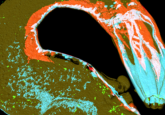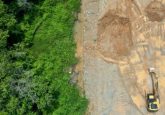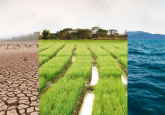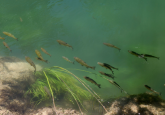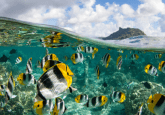How human-caused land changes have increased the impact of a deadly fungus
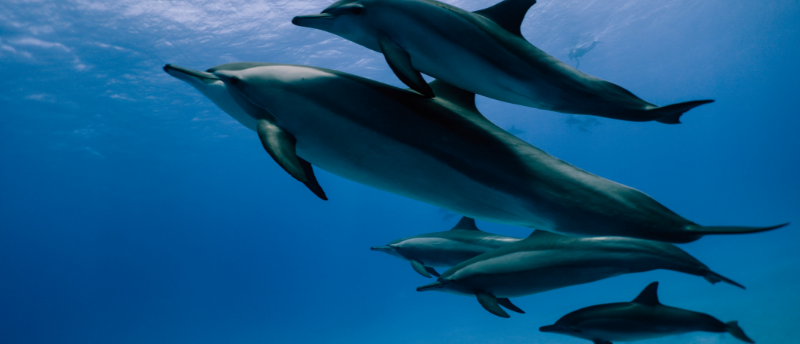
Scientists have found that the impact of human activity on land has exacerbated the spread of Cryptococcus gattii, threatening the lives of marine mammals and humans.
In the early 2000s, hundreds of animals and people in British Columbia (Canada) and Washington State (USA) acquired a fungal infection that was also known to have killed marine wildlife, possibly even earlier than humans. Research published recently by the University of California, Davis (UC Davis; CA, USA) alongside a team of scientists from Canada and the Pacific Northwest in Diseases of Aquatic Organisms explores how land changes caused by human activity can affect marine mammals. They worked over decades to assemble and analyze data by marine mammal biologists, marine mammal stranding responders, veterinarians and microbiologists
C. gattii is a fungal pathogen found in soil and trees that can cause brain and lung disease. It is transmissible to humans through the inhalation of fungal spores, however, is not understood to be transmissible between individuals. The fungus was usually found in tropical and subtropical forests among eucalyptus trees and is likely to have translocated to the Pacific Northwest in the early 1900s. The specific mechanisms of how this occurred are currently unknown.
In 1999, humans, domestic animals and terrestrial wildlife on Vancouver Island (Canada) acquired C. gattii, which also increasingly affected those on mainland British Columbia, as well as California, Washington, and Oregon (all USA). The scientists discovered that 42 aquatic mammals in the Salish Sea had died from this fungal infection, including Dall’s porpoises, harbor porpoises and Pacific white-side dolphins.
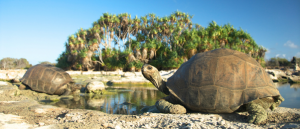 The tortoise and the antibiotic: a tale of environmental pollution
The tortoise and the antibiotic: a tale of environmental pollution
Galápagos tortoises that live in human-populated areas have more bacterial resistance to antibiotics than those living in more isolated areas, with little human contact.
Human-caused land changes – such as deforestation and construction, among many other environmental alterations – disturb soil, causing C. gattii to aerosolize and infect people and animals near the disturbed sites.
The lead author Sarah Teman (a research assistant at the SeaDoc Society – a program of the Karen C. Drayer Wildlife Health Center at the UC Davis School of Veterinary Medicine) explained: “As we change the environment in unprecedented ways, we could see more diseases that affect people and wildlife.”
The aquatic mammals that died from C. gattii infection were discovered near terrestrial areas, indicating that the fungal spores spread onto the sea surface and were inhaled by the mammals upon contact. The team also discovered that the first probable case of C. gattii infection was likely in a Dall’s porpoise in the Northwest in 1997, which was 2 years prior to the record of the first human infection in 1999.
Joe Gaydos (UC Davis wildlife veterinarian at SeaDoc Society and co-investigator) concluded with: “Often we study marine mammals because they play important roles in the ecosystem, and they are cool. Too often we forget that they can also alert us to diseases that affect humans.”
